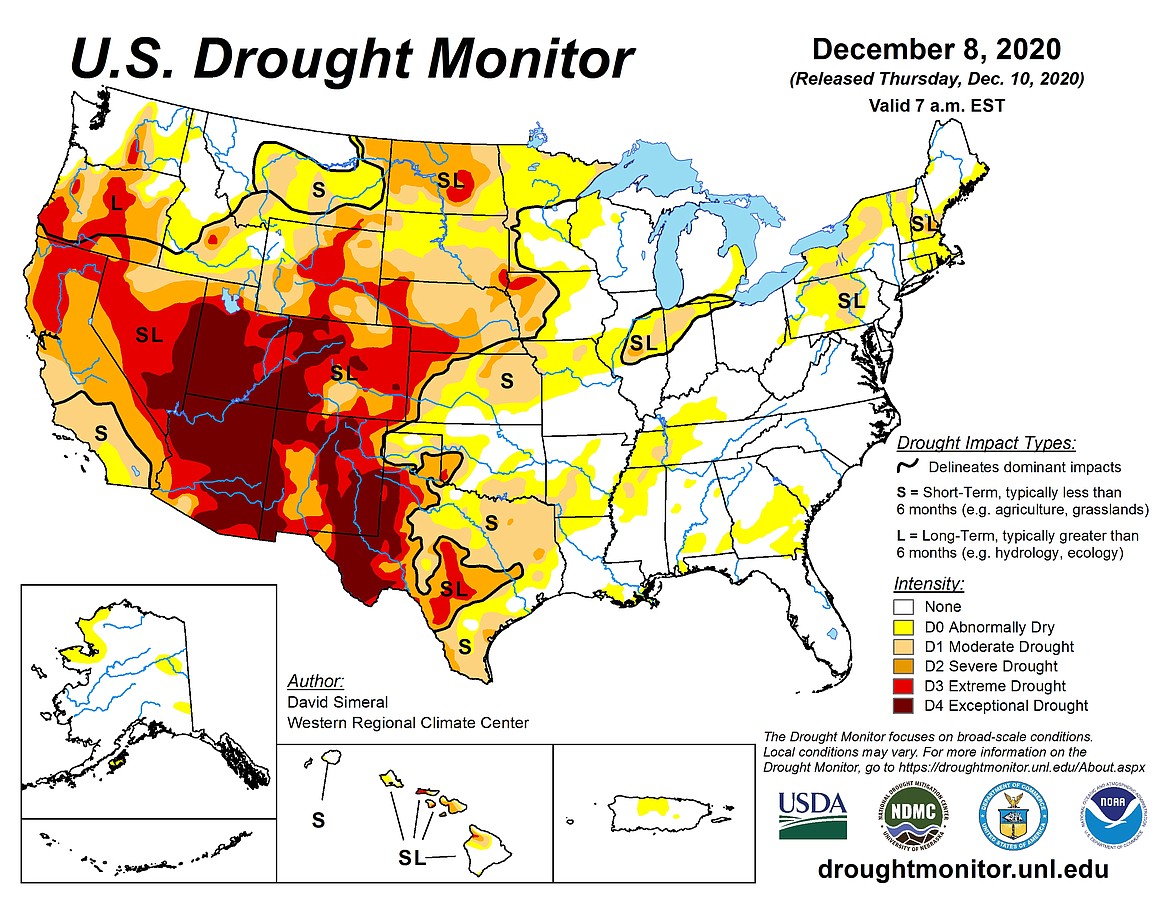Ma Nature turning on the moisture
|
December 14, 2020 1:06 AM
The weather pattern here in the Inland Northwest is changing to the wetter side as the storm door has finally opened up. Our first snow of December arrived on Friday with more expected over at least the next six weeks. Cliff and I see a good chance of at least moderate snows in the region around the Christmas holiday, so the odds of a white Christmas here in North Idaho are looking good...
Become a Subscriber!
You have read all of your free articles this month. Select a plan below to start your subscription today.
Already a subscriber? Login




